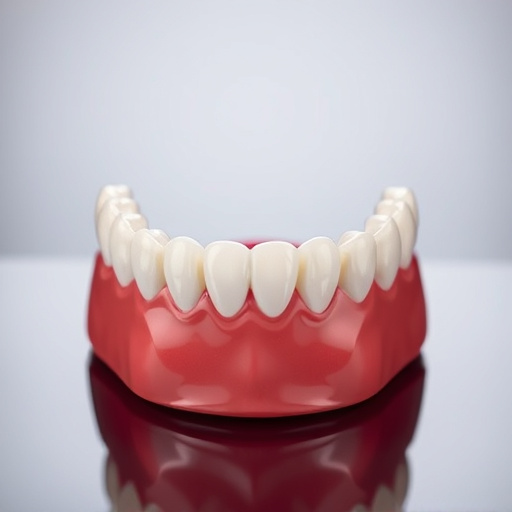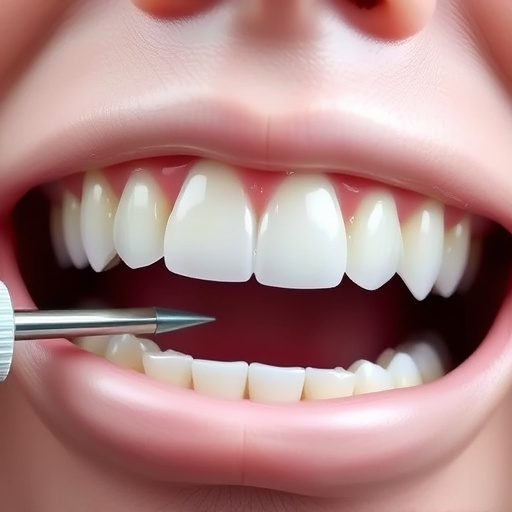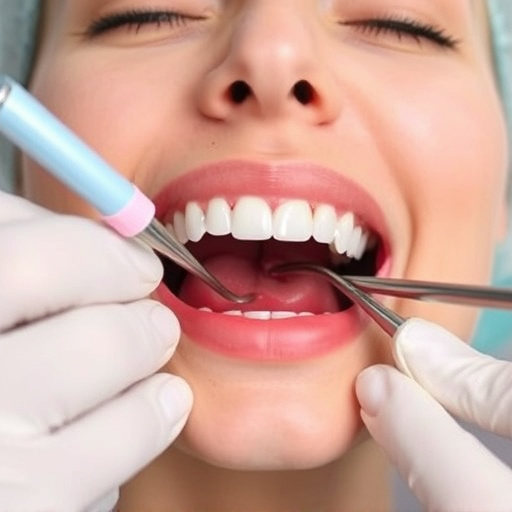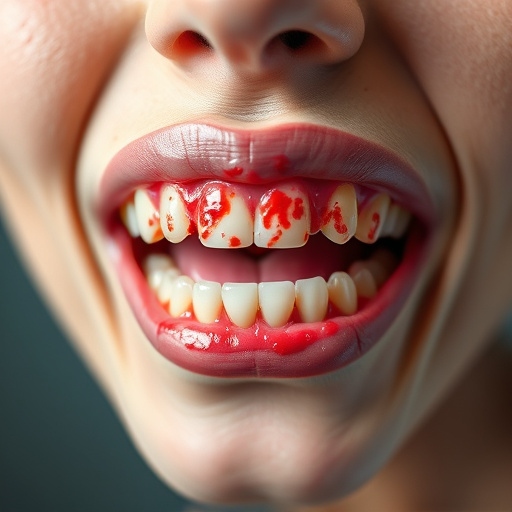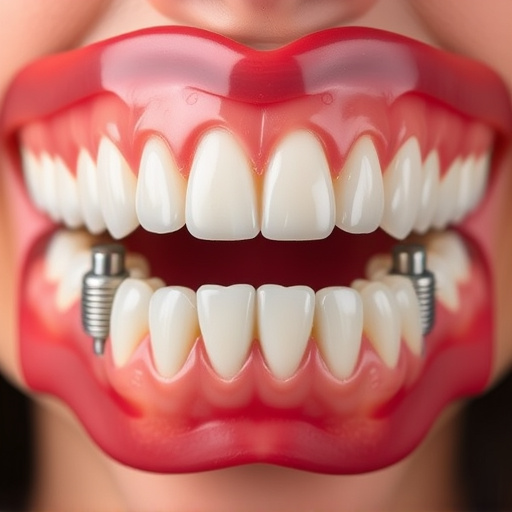Gum disease, caused by plaque buildup, leads to inflammation and potential damage to gums and bones. Symptoms include bleeding gums, bad breath, and loose teeth. Early detection through dental visits and good hygiene is key. Non-surgical treatments like deep cleaning and antimicrobial meds address mild to moderate cases. Severe gum disease may require surgical interventions like periodontal surgery and flap surgery for effective recovery. Preventive measures, including regular cleanings and wisdom tooth removal, are crucial for managing severe cases.
Gum disease, a common oral health issue, can range from mild inflammation to severe periodontal infection. Understanding its causes and symptoms is the first step towards effective management. This article explores top gum disease treatment options, starting with non-surgical approaches that include deep cleaning and antibiotic therapy. For advanced cases, surgical interventions such as flap surgery and bone grafting are discussed, providing a comprehensive guide to managing gum disease.
- Understanding Gum Disease: Causes and Symptoms
- Non-Surgical Approaches for Effective Gum Disease Treatment
- Surgical Options and Advanced Treatments for Severe Cases
Understanding Gum Disease: Causes and Symptoms
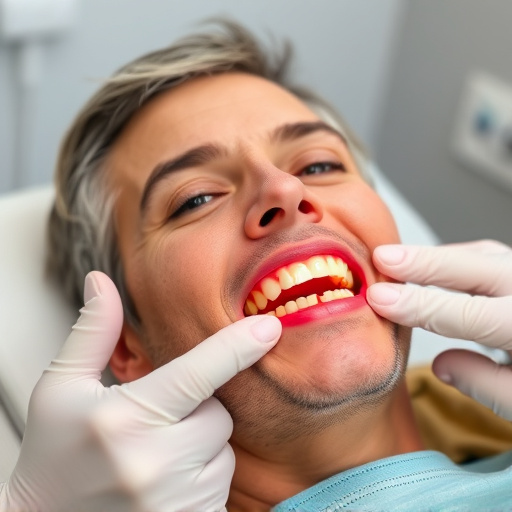
Gum disease is a common oral health issue affecting millions worldwide. It’s essential to understand its causes and symptoms to implement effective gum disease treatment options. The primary culprit behind this condition is plaque, a sticky film of bacteria that constantly forms on our teeth and gums. If not removed through proper brushing and flossing, plaque hardens into tartar (calculus), leading to inflammation and potential damage to the gum tissue and bone structure supporting our teeth.
Symptoms of gum disease range from mild inflammation (gingivitis) to severe infection (periodontitis). Signs may include bleeding gums while brushing, persistent bad breath, red or swollen gums, tender or loose teeth, and receding gums. Early detection is crucial in managing gum disease effectively. Regular visits to your general dentistry practitioner, coupled with good oral hygiene practices, including preventive dentistry techniques like proper flossing and dental cleanings, can significantly reduce the risk and impact of this condition.
Non-Surgical Approaches for Effective Gum Disease Treatment

When it comes to non-surgical approaches for effective gum disease treatment, several options are available that can help restore your oral health without invasive procedures. One common and gentle method is deep cleaning, also known as scaling and root planing. This process involves removing plaque and tartar buildup from above and below the gumline, smoothing the tooth roots to promote healthy gums. Often recommended for mild to moderate gum disease, deep cleaning can be performed in a general dentistry setting.
Another non-surgical option is antimicrobial treatments, which use medications to target and eliminate bacterial infections causing gum disease. These treatments may include local antibiotic gels or mouthwashes designed to reduce inflammation and prevent further damage. For children’s dentistry patients, early intervention through routine oral exams can catch gum disease in its initial stages, making non-surgical treatments even more effective.
Surgical Options and Advanced Treatments for Severe Cases

For severe gum disease cases that haven’t responded to non-surgical treatments, surgical interventions and advanced procedures offer a promising path to recovery. One common procedure is periodontal surgery, which involves cleaning and debridement of the affected areas. This process removes bacterial plaque and calcified tartar (tartar is hardened plaque) from above and below the gumline, reducing inflammation and allowing gums to heal.
In more advanced stages, surgical options like flap surgery or soft tissue grafts may be recommended. Flap surgery creates a small flap in the gum to access and clean the tooth roots, promoting healing and reattaching gums to teeth. Soft tissue grafts, on the other hand, are used to replace lost gum tissue, providing support for teeth and improving overall oral health. Additionally, wisdom tooth removal is often considered as a preventive measure or when impacted wisdom teeth contribute to gum disease. Dental cleanings by a professional hygienist, alongside these surgical treatments, can significantly improve outcomes in managing severe gum disease.
When it comes to gum disease treatment, understanding your options is key. From non-surgical approaches that focus on deep cleaning and reducing inflammation, to advanced surgical procedures for severe cases, each method offers a unique path to restoration. By recognizing the signs early and seeking prompt treatment, individuals can effectively manage and even prevent this common oral health issue, ensuring a healthier smile long-term. Remember, timely action regarding gum disease treatment can make all the difference in maintaining optimal oral hygiene.

